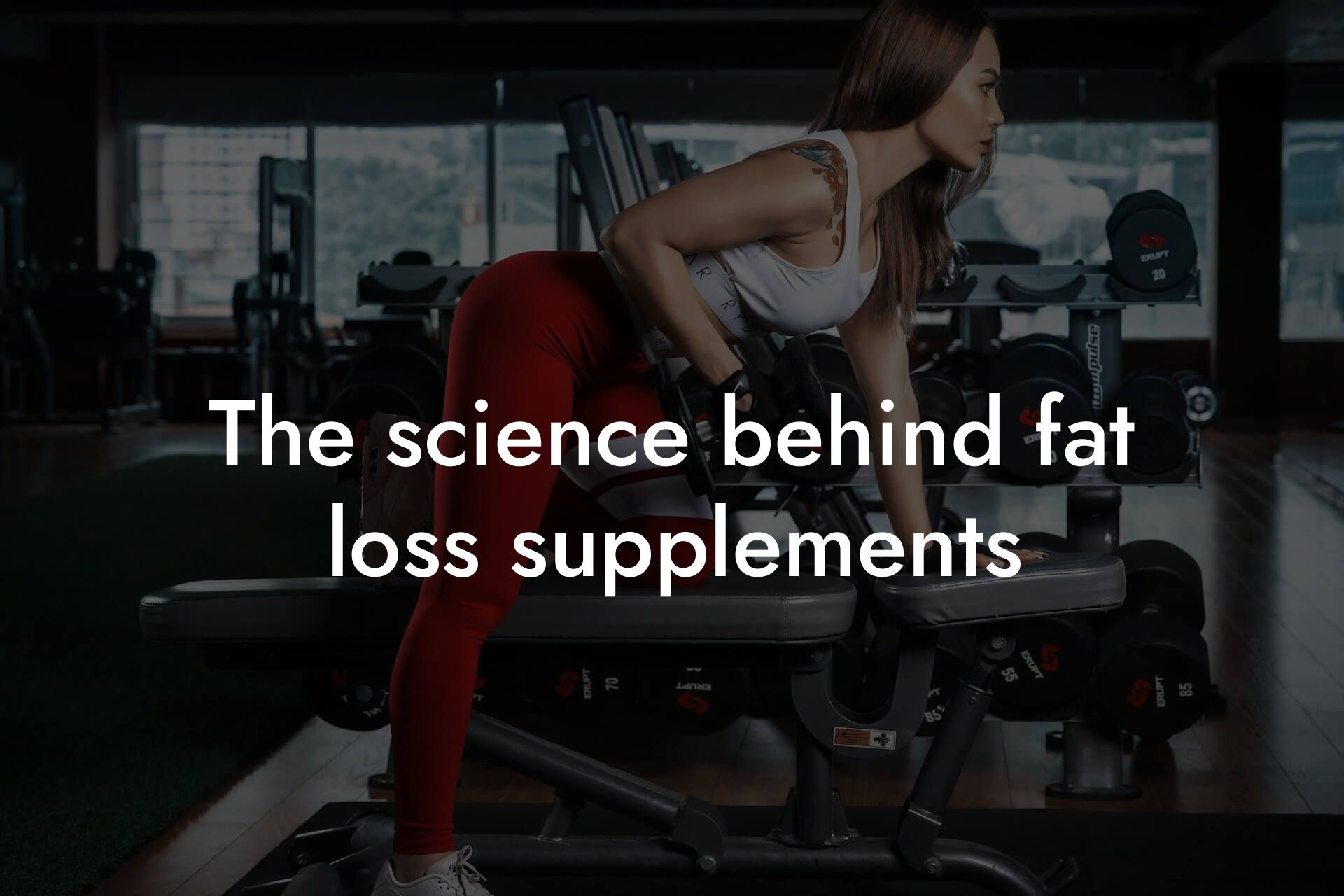As a high-earning professional, you understand the importance of maintaining a healthy and athletic physique. A strong, lean body not only boosts confidence but also enhances overall well-being and performance. One crucial hormone that plays a significant role in achieving this goal is testosterone. In this article, we'll delve into the world of testosterone, exploring its effects on muscle mass and fat distribution, and providing you with the knowledge you need to optimize your body composition.
Table of Contents
The Role of Testosterone in Muscle Mass
Testosterone is an anabolic hormone produced by the testicles in men and, in smaller amounts, by the ovaries in women. It's essential for the development of male characteristics, such as facial hair, deep voice, and muscle mass. Testosterone promotes muscle growth and strength by stimulating protein synthesis, which is the process by which your body builds new muscle tissue. When testosterone levels are optimal, your body is able to repair and rebuild muscle fibers more efficiently, leading to increased muscle mass and strength.
Research has consistently shown that testosterone replacement therapy (TRT) can significantly improve muscle mass in individuals with low testosterone levels. A study published in the Journal of Clinical Endocrinology and Metabolism found that TRT increased lean body mass by an average of 2.5 kg (5.5 lbs) over a 12-month period. Another study published in the Journal of the American Medical Association found that TRT improved muscle strength and function in older men with low testosterone levels.
The Impact of Testosterone on Fat Distribution
Testosterone also plays a critical role in fat distribution, particularly in the midsection of the body. When testosterone levels are optimal, it helps to regulate fat metabolism, promoting the burning of fat for energy and reducing the storage of fat around the midsection. This is because testosterone stimulates the production of lipolytic enzymes, which break down fat cells, and inhibits the production of lipogenic enzymes, which promote fat storage.
Low testosterone levels, on the other hand, have been linked to increased fat storage around the midsection, particularly in the abdominal area. This can lead to a range of health problems, including insulin resistance, type 2 diabetes, and cardiovascular disease. A study published in the International Journal of Obesity found that men with low testosterone levels had a higher percentage of body fat, particularly in the abdominal area, compared to men with normal testosterone levels.
The Optimal Testosterone Range
So, what is the optimal testosterone range for muscle mass and fat distribution? The answer varies depending on factors such as age, health status, and lifestyle. Generally, a testosterone level between 300-1000 ng/dL is considered normal for adult males. However, research suggests that levels above 500 ng/dL are associated with improved muscle mass and strength, as well as better fat distribution.
It's essential to note that testosterone levels can fluctuate throughout the day, and a single measurement may not provide an accurate picture of your overall testosterone status. At Tano Performance Group, we use advanced DEXA technology to provide a comprehensive body assessment, including measurements of testosterone levels, body fat percentage, and muscle mass.
Factors Affecting Testosterone Levels
Several factors can affect testosterone levels, including:
Aging: Testosterone levels naturally decline with age, with a significant drop occurring around age 40.
Obesity: Excess body fat, particularly around the midsection, can lead to decreased testosterone levels.
Stress: Chronic stress can disrupt testosterone production, leading to decreased levels.
Sleep: Poor sleep quality and duration can negatively impact testosterone levels.
Medications: Certain medications, such as opioids and steroids, can lower testosterone levels.
Diet: A diet high in processed foods, sugar, and unhealthy fats can contribute to decreased testosterone levels.
Natural Ways to Boost Testosterone
While testosterone replacement therapy may be necessary for some individuals, there are several natural ways to boost testosterone levels, including:
Resistance Training: Engage in regular resistance training exercises, such as weightlifting, to stimulate muscle growth and testosterone production.
High-Intensity Interval Training (HIIT): Incorporate HIIT into your workout routine to improve insulin sensitivity and boost testosterone levels.
Proper Sleep: Aim for 7-9 hours of sleep per night to help regulate testosterone production.
Stress Management: Engage in stress-reducing activities, such as meditation and yoga, to help manage chronic stress.
Diet: Focus on a diet rich in whole foods, healthy fats, and protein to support testosterone production.
In conclusion, testosterone plays a critical role in muscle mass and fat distribution. By understanding the optimal testosterone range and the factors that affect testosterone levels, you can take steps to optimize your body composition and improve overall health. At Tano Performance Group, we're committed to providing you with the tools and knowledge you need to achieve your fitness goals. Our advanced DEXA technology and expert guidance can help you unlock your full potential and take your physique to the next level.
Take the First Step Towards Optimal Body Composition
Ready to take control of your body composition? Contact us at Tano Performance Group to schedule a comprehensive body assessment using our advanced DEXA technology. Our team of experts will provide you with personalized guidance and recommendations to help you achieve your fitness goals and unlock your full potential.
Frequently Asked Questions
What is testosterone and what role does it play in muscle mass and fat distribution?
Testosterone is a hormone produced by the testicles in men and the ovaries in women. It plays a crucial role in the development of male characteristics and reproductive organs. In terms of muscle mass and fat distribution, testosterone is responsible for regulating muscle growth, strength, and bone density. It also influences fat distribution, particularly in the midsection, and helps to maintain a healthy body composition.
What are the symptoms of low testosterone?
Common symptoms of low testosterone include low libido, erectile dysfunction, fatigue, decreased muscle mass, increased body fat, and osteoporosis. Additionally, men with low testosterone may experience changes in mood, such as depression and irritability, and may have difficulty concentrating.
What causes low testosterone?
Low testosterone can be caused by a variety of factors, including age, genetics, injury or trauma to the testicles, certain medications, and underlying medical conditions such as hypogonadism, diabetes, and obesity. Additionally, lifestyle factors such as lack of sleep, stress, and a poor diet can also contribute to low testosterone.
How does testosterone affect muscle mass?
Testosterone plays a crucial role in muscle growth and development. It helps to regulate protein synthesis, which is the process by which the body builds new muscle tissue. When testosterone levels are optimal, muscle growth and repair are enhanced, leading to increased muscle mass and strength.
Can testosterone help with weight loss?
Yes, testosterone can help with weight loss. Testosterone helps to regulate fat distribution, particularly in the midsection, and can increase metabolism, leading to increased fat burning and weight loss. Additionally, testosterone can help to build muscle mass, which can further enhance metabolism and weight loss.
How does testosterone affect fat distribution?
Testosterone helps to regulate fat distribution, particularly in the midsection. When testosterone levels are optimal, fat is more likely to be stored in the peripheral areas of the body, such as the arms and legs, rather than in the midsection. This can lead to a more athletic and lean body composition.
What is the relationship between testosterone and bone density?
Testosterone plays a crucial role in maintaining healthy bone density. When testosterone levels are optimal, bone density is increased, reducing the risk of osteoporosis and fractures. This is particularly important for older adults, as decreased bone density can increase the risk of falls and fractures.
Can testosterone therapy help with muscle mass and fat distribution?
Yes, testosterone therapy can help with muscle mass and fat distribution. Testosterone therapy involves replacing low levels of testosterone with synthetic or bioidentical testosterone. This can help to increase muscle mass, strength, and bone density, while also regulating fat distribution and promoting weight loss.
What are the risks and side effects of testosterone therapy?
The risks and side effects of testosterone therapy include acne, hair loss, prostate enlargement, and increased risk of heart disease. Additionally, testosterone therapy can cause mood changes, such as aggression and irritability, and can lead to dependence on the medication.
How can I naturally increase my testosterone levels?
There are several ways to naturally increase testosterone levels, including getting enough sleep, exercising regularly, reducing stress, and eating a healthy diet rich in protein, vitamins, and minerals. Additionally, certain supplements such as vitamin D, zinc, and ashwagandha may help to increase testosterone levels.
What is the ideal testosterone level for optimal muscle mass and fat distribution?
The ideal testosterone level for optimal muscle mass and fat distribution varies from person to person, but generally falls within the range of 300-1000 ng/dL. However, it's important to consult with a healthcare professional to determine the ideal testosterone level for your individual needs.
How can I measure my testosterone levels?
Testosterone levels can be measured through a blood test, which is typically performed by a healthcare professional. The test measures the level of free testosterone in the blood, which is the active form of testosterone that is available for use by the body.
What is the difference between free testosterone and total testosterone?
Free testosterone refers to the active form of testosterone that is available for use by the body. Total testosterone, on the other hand, refers to the total amount of testosterone in the blood, including both free and bound testosterone. Bound testosterone is attached to proteins in the blood and is not available for use by the body.
How does age affect testosterone levels?
Testosterone levels naturally decline with age, particularly after the age of 30. This decline can lead to decreased muscle mass, increased body fat, and decreased bone density, among other symptoms.
Can women also experience low testosterone?
Yes, women can also experience low testosterone, particularly after menopause. Low testosterone in women can lead to decreased libido, vaginal dryness, and decreased muscle mass, among other symptoms.
How does testosterone affect mood?
Testosterone plays a role in regulating mood, and low testosterone levels can lead to depression, anxiety, and irritability. Additionally, testosterone therapy has been shown to improve mood and reduce symptoms of depression in some individuals.
Can testosterone therapy improve cognitive function?
Yes, testosterone therapy has been shown to improve cognitive function, particularly in older adults. Testosterone helps to regulate brain function and can improve memory, concentration, and spatial awareness.
How long does it take to see results from testosterone therapy?
The time it takes to see results from testosterone therapy varies from person to person, but typically ranges from several weeks to several months. Results may include increased muscle mass, strength, and bone density, as well as improved mood and cognitive function.
Can I take testosterone supplements?
While testosterone supplements are available, they are not recommended without the guidance of a healthcare professional. Testosterone supplements can have serious side effects and may interact with other medications. It's important to consult with a healthcare professional before taking any supplements.
How can I maintain healthy testosterone levels?
Maintaining healthy testosterone levels requires a combination of a healthy diet, regular exercise, and stress management. Additionally, getting enough sleep, avoiding certain medications, and managing underlying medical conditions can also help to maintain healthy testosterone levels.
What is the relationship between testosterone and insulin sensitivity?
Testosterone plays a role in regulating insulin sensitivity, and low testosterone levels can lead to decreased insulin sensitivity and an increased risk of type 2 diabetes. Additionally, testosterone therapy has been shown to improve insulin sensitivity and reduce the risk of type 2 diabetes.
Can testosterone therapy improve athletic performance?
Yes, testosterone therapy has been shown to improve athletic performance, particularly in terms of muscle strength and endurance. However, the use of testosterone therapy for athletic performance is highly regulated and may be illegal in certain circumstances.
How does testosterone affect sleep?
Testosterone plays a role in regulating sleep, and low testosterone levels can lead to sleep disturbances, such as insomnia and sleep apnea. Additionally, testosterone therapy has been shown to improve sleep quality and duration.
What is the relationship between testosterone and stress?
Testosterone and stress are closely linked, and high levels of stress can lead to decreased testosterone levels. Additionally, low testosterone levels can increase the risk of stress and anxiety.
Here are some related articles you might love...
- The impact of aging on body composition
- The science behind fat loss supplements
- Personalized fitness and nutrition plans using AI
- The future of body composition analysis technology
- How to read and interpret scientific studies on body composition
- Understanding the role of hormones in body composition
- Debunking common fitness and health myths
- Exploring alternative fitness methods (e.g., cryotherapy, infrared saunas)
- Biohacking for body composition and performance
Zak Faulkner
Zak Faulkner is a leading authority in the realm of physical health and body composition analysis, with over 15 years of experience helping professionals optimise their fitness and well-being. As one the experts behind Tano Performance Group, Zak has dedicated his career to providing in-depth, science-backed insights that empower clients to elevate their physical performance and overall health.
With extensive knowledge of DEXA technology, Zak specializes in delivering comprehensive body assessments that offer precise data on body fat, muscle mass, bone density, and overall physique. His expertise enables individuals to make informed decisions and achieve their fitness goals with accuracy and confidence. Zak’s approach is rooted in a deep understanding of human physiology, combined with a passion for helping clients unlock their full potential through personalised strategies.
Over the years, Zak has earned a reputation for his commitment to excellence, precision, and client-focused service. His guidance is trusted by top professionals who demand the best when it comes to their health. Whether advising on fitness programs, nutritional strategies, or long-term wellness plans, Zak Faulkner’s insights are a valuable resource for anyone serious about taking their health and fitness to the next level.
At Tano Performance Group, Zak continues to lead our Content Team revolutionising how professionals approach their physical health, offering unparalleled expertise that drives real results.




